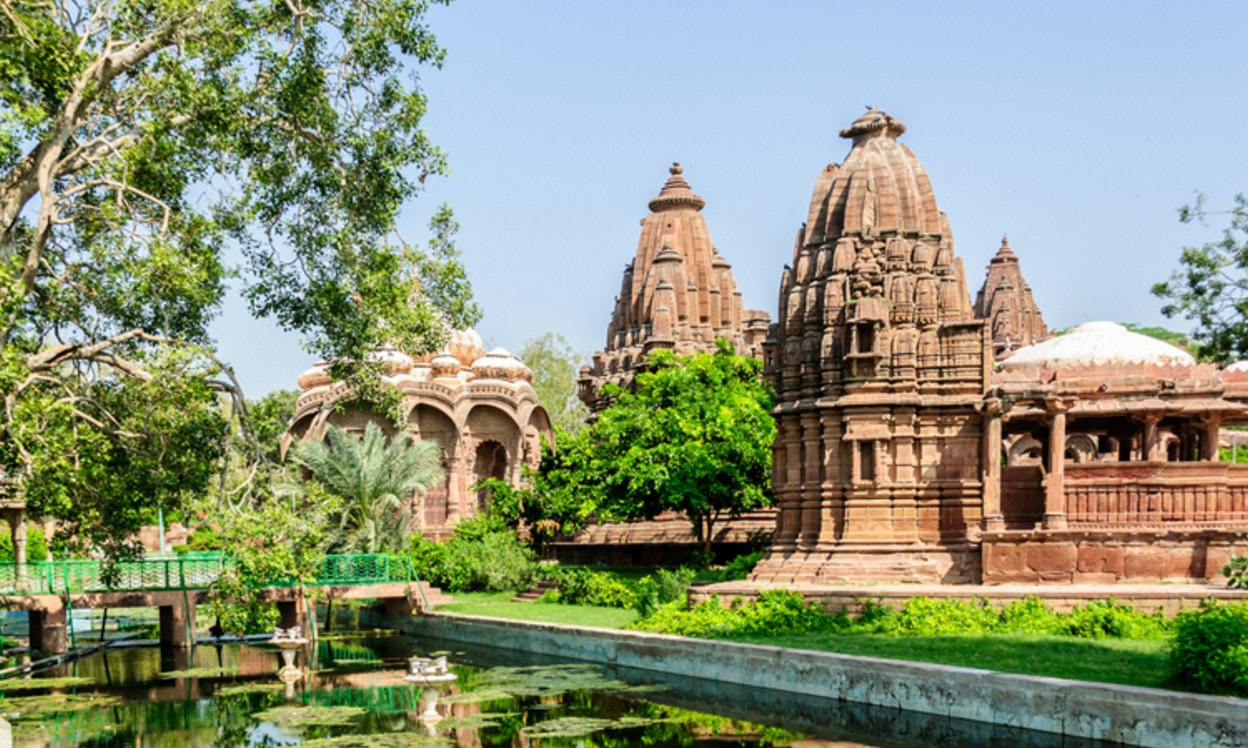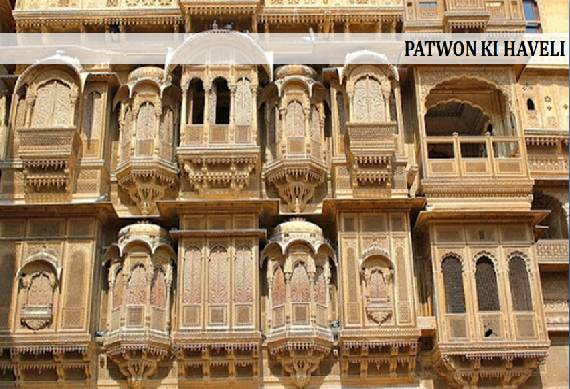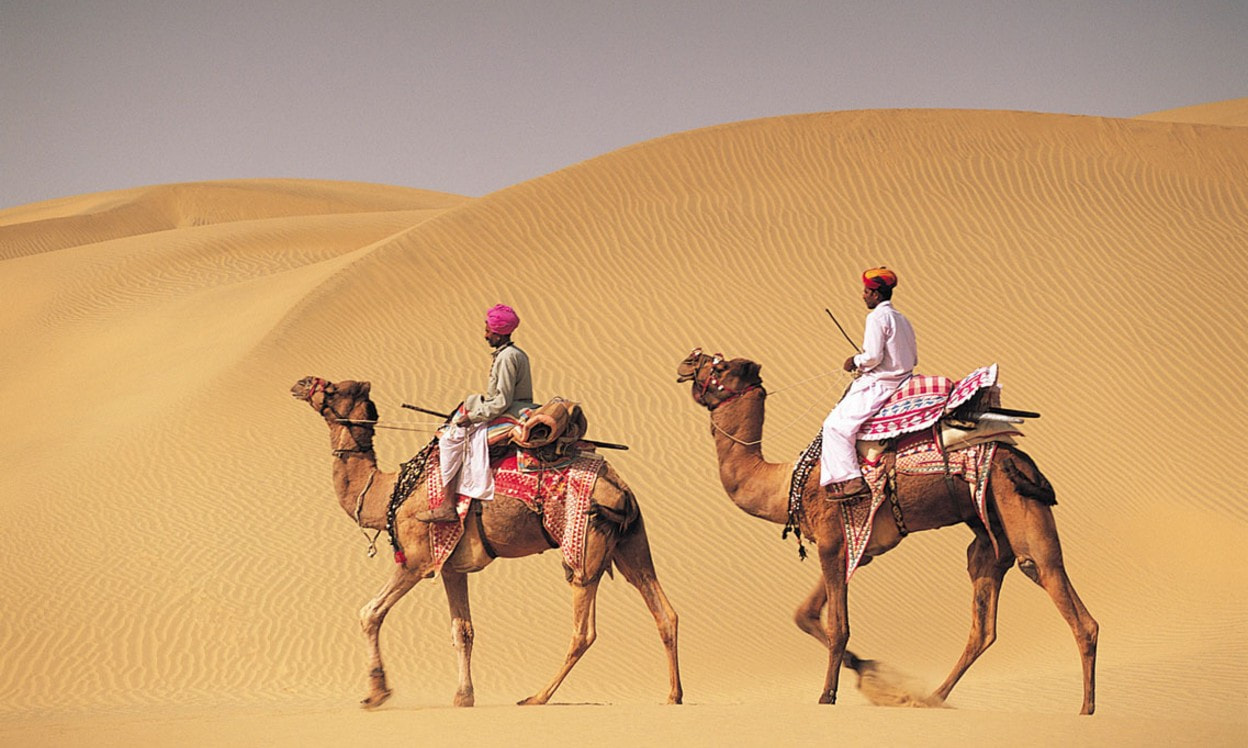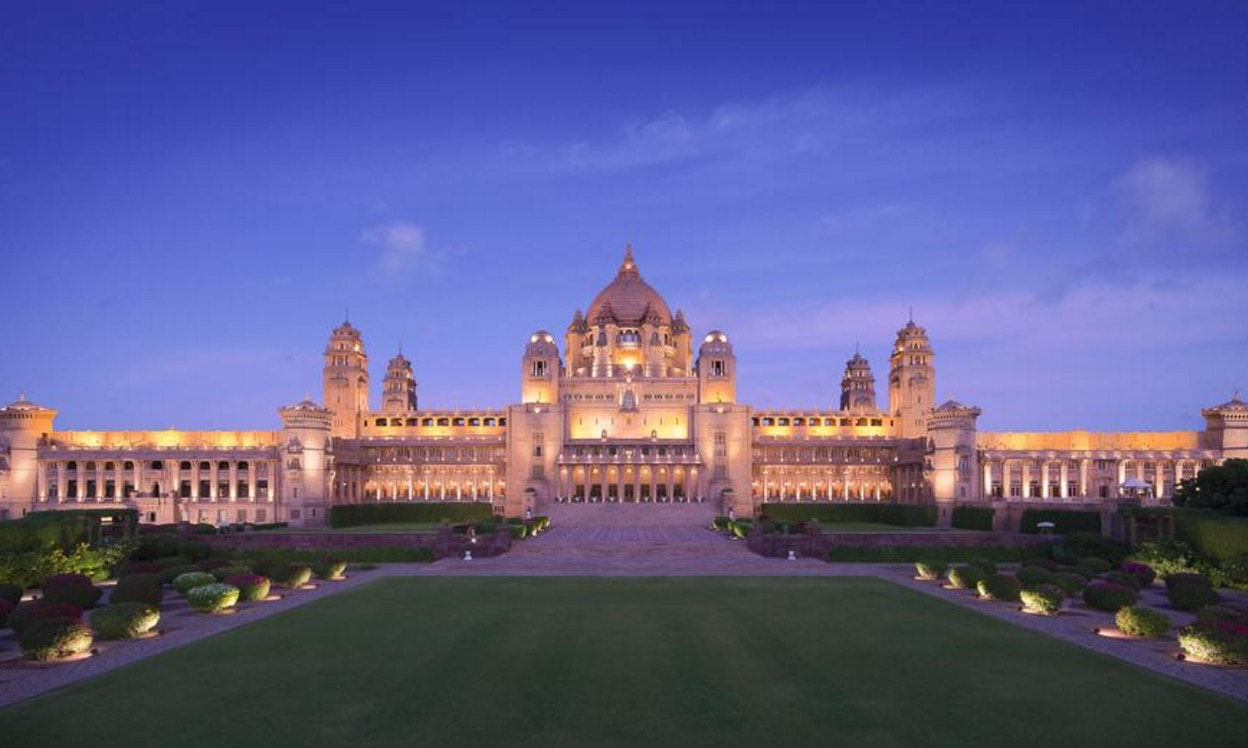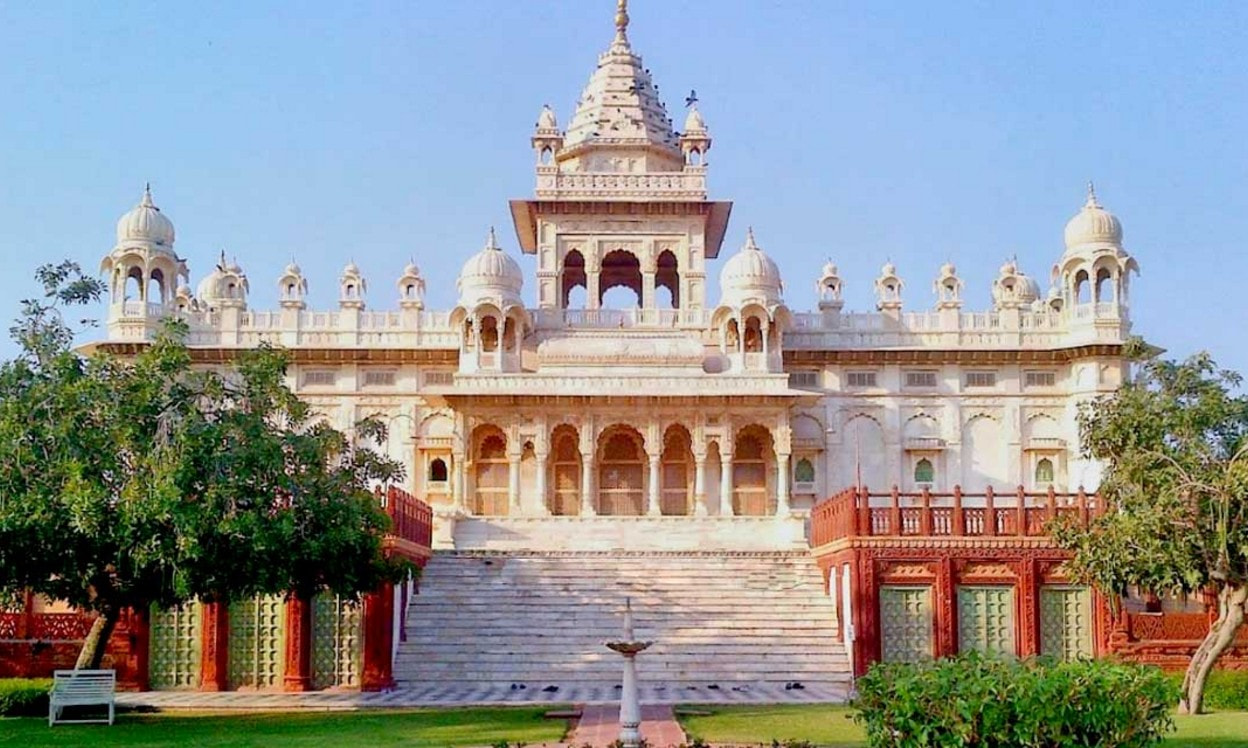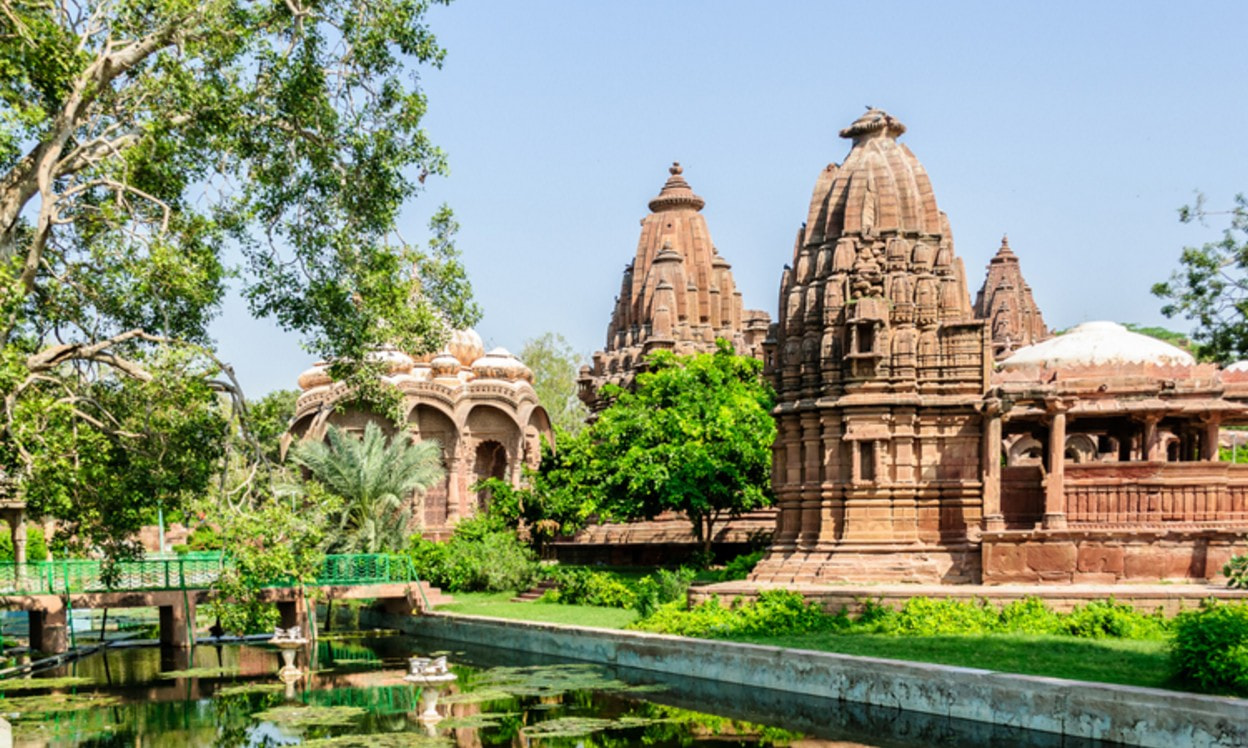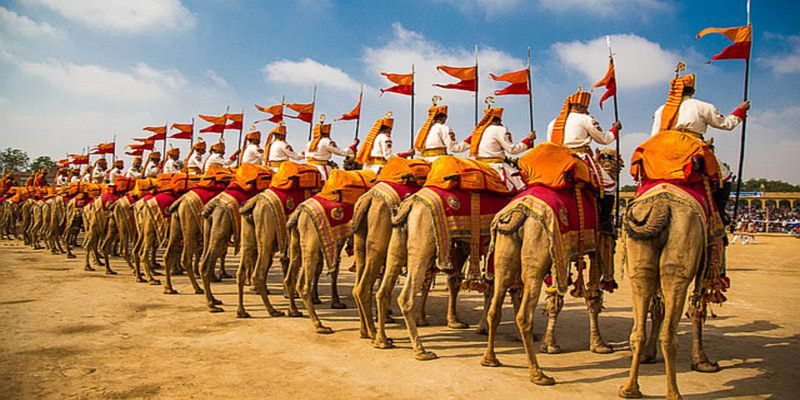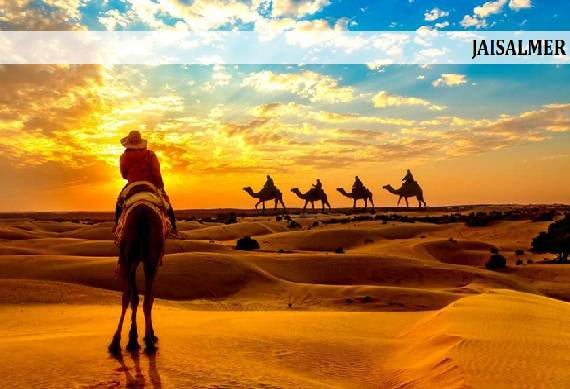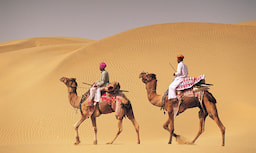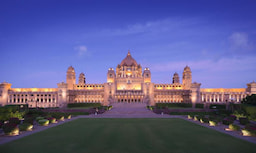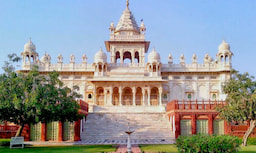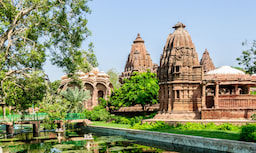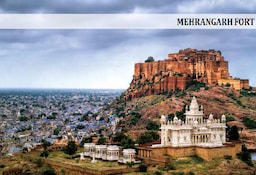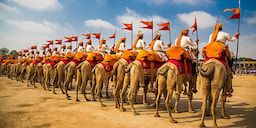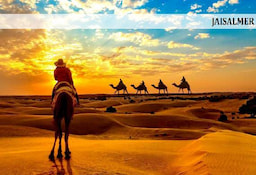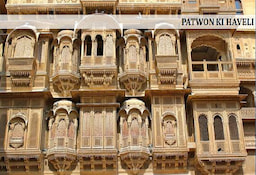Trending travel articles
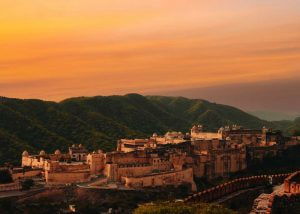
The Top Attractions in Jaipur 2025-26: Palaces, Forts, Bazaars & More!
Summary: This Top Attractions in Jaipur guide maps out the city’s must-visit sites—Hawa Mahal, Amer Fort, City Palace, Jantar Mantar, Bapu Bazaar—plus top activities like a Jeep safari, hot-air balloon ride, Rajasthani cuisine tours, and cultural festivals. In this era of adventure and beach-filled holiday options – have you ever dreamed of walking through royal […]
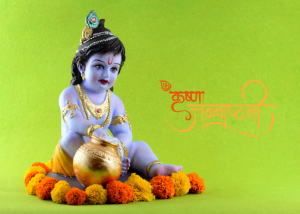
7 Incredible Places To Celebrate krishna janmashtami 2025 In India!
Summary: Krishna Janmashtami 2025 – Celebrate the birth of Lord Krishna by visiting these 7 significant places in India during Janmashtami. The blog highlights Mathura, Vrindavan, Dwarka, Nathdwara, Udupi, Puri, and Mumbai, detailing the unique traditions and festivities each location offers during this auspicious occasion. India is a kaleidoscope of vibrant festivals and celebrations, each […]
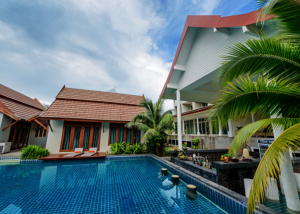
A Luxurious Haven: 5 Mount Abu Villas for Your Dream Vacation in 2025!
Summary: Mount Abu Villas – Explore the serene hill station of Mount Abu with this guide to its best villas. The blog details accommodations that offer panoramic views, modern amenities, and proximity to local attractions, making them perfect for a peaceful retreat in Rajasthan’s only hill station. As a source of relief from the scorching […]
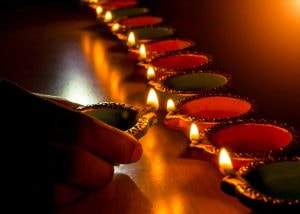
Diwali 2025 Wanderlust: The 10 Best Places To Visit In Diwali Vacation In India!
Summary: Best Places To Visit In Diwali Vacation In India (Last Updated: August 2025) – This blog lists the best places to visit on Diwali vacation in India, from culturally rich cities like Varanasi and Jaipur to scenic spots like Udaipur and Amritsar, where travelers can witness grand celebrations and vibrant festive lights. Diwali, the […]
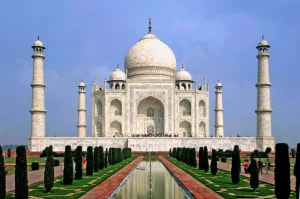
10 Best Places to Visit in August in India in 2025 for a Perfect Getaway with Your Loved Ones!
Summary: This blog outlines the best places to visit in August in India, emphasizing destinations like Kozhikode, Rishikesh, Goa, Mahabaleshwar, Udaipur, Ujjain, Mathura, Chandigarh, Bangalore, and Agra, each offering unique experiences during the monsoon. In August, it is easy to tell that the monsoon season has started when the landscape is covered in lush foliage […]
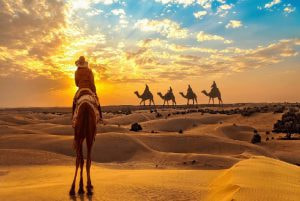
Discover 10 Best Places To Visit In India in September During 2025!
Summary: Looking for the best places to visit in India in September? (Last Updated: August 2025) – From the golden deserts of Jaisalmer to the green valleys of Sonmarg, September offers travellers a chance to enjoy both serenity and adventure. This blog takes you through the ten best places to visit in India in September, […]
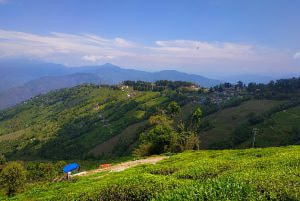
10 Best Places To Visit In May In India In 2025 For Summer Vacation: From Abu To Munnar!
May is a legit holiday month across India, with a summer break for most educational institutions. And if you are not taking a vacation in May, you probably work too much. After all, a little downtime is imperative for all of us! India’s summers can be stark, especially in May. You may not wish to […]
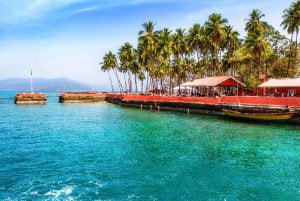
5 Best Winter Honeymoon Destinations In India For Romantic Trip!
Summary: This blog highlights the best winter honeymoon destinations in India, including snowy escapes like Gulmarg and Auli, serene getaways like Manali and Shimla, and tropical retreats like Goa and Kerala. It helps couples pick the perfect romantic winter setting across diverse Indian landscapes. There is no doubt that newlywed couples want to spend their […]
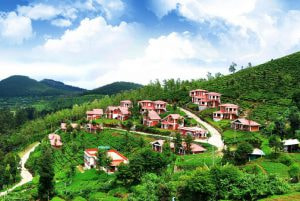
10 Best Places To Visit In March In India 2025: From Udaipur To Lonavala!
Some of the best places to visit in March in India are the cheerful festivals, pleasant weather, and vibrant nature. In India, March ushers at the start of spring. It is the time of year when the nation’s abundant natural beauty is on full display. As a result, it is an ideal month for all tourism […]
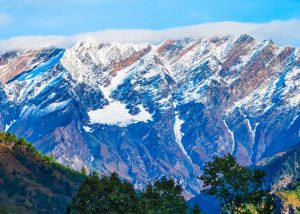
10 Best Places to Visit in December in India 2025 for a Dreamy Vacation with Your Family!
Summary: Best Places to Visit in December in India 2025 ( Last Updated: August 2025) – Planning your December holiday but confused about where to go in India? We have made it easy! This simple guide gives you 10 of the best places to visit for your year-end trip in 2025. Whether you want to […]
